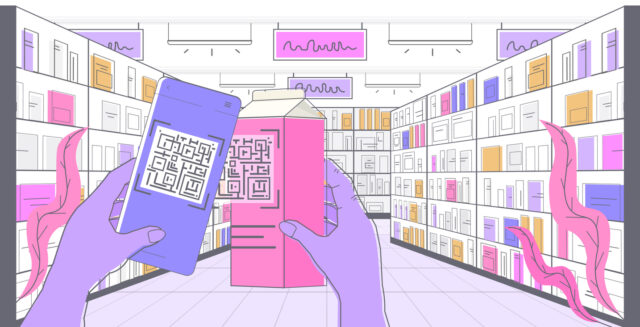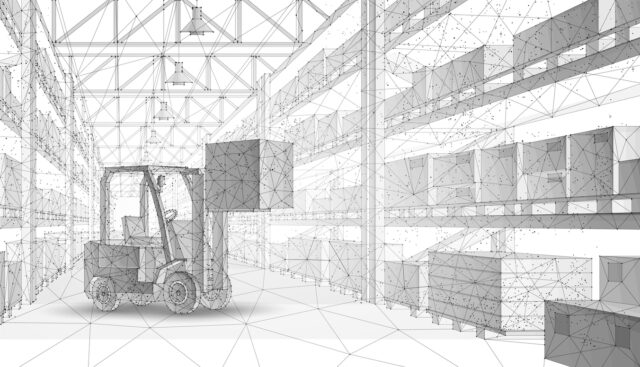Risk management is a critical aspect of supply chain management. In 2024, supply chain leaders find themselves facing an increasingly hostile supply chain landscape. Geopolitical conflict, economic pressure, and the worsening effects of the climate crisis all conspire to disrupt trade, increase costs, and destabilise supply chains.
However, not every supply chain risk is as easily identifiable as a war in Ukraine or a drought in Panama. There are hidden risks to every supply chain. The supply chain leaders who can identify these risks are the ones with the best chance of avoiding disruption and capitalising on new opportunities. Here are 5 hidden risks you should be watching for in your supply chain.
1. Tier 2 suppliers and beyond
The biggest risk to your supply chain often lies beyond your tier 1 suppliers. These are organisations who you can vet, and are probably required to adopt certain business practices, as well as demonstrate their overall financial and operational health to you. However, your supplier’s suppliers, and their suppliers (and theirs) present a much greater risk. Suppliers from lower tiers can pose risks that echo throughout the supply chain if they fail or go bankrupt.
There is a lot less control you can exert beyond tier 1 suppliers, so ensuring tier 2, 3, and 4 suppliers aren’t a threat to your supply chain can be complicated. To address this issue, start by focusing on your top 20 suppliers. Identify their sub-suppliers and check their financial health, business practices, and overall stability.
2. Supplier financial instability
Suppliers at any point in the supply chain could go bankrupt. Most companies at risk of bankruptcy will likely try to hide this fact until the last possible moment. Asking a supplier for an assurance of their financial stability isn’t enough.
Any supplier relationship whose failure has the potential to seriously harm your operations should start with a thorough assessment of public documents, research, and references. This is especially important if the supplier is located in another country where your organisation may have less legal recourse to recover funds in the case of bankruptcy.
3. Supplier unethical behaviour and compliance breaches
A significant failure by a supplier to uphold ethical standards or meet compliance guidelines can not only damage your company’s reputation but also disrupt your supply chain, erode customer trust, and lead to legal consequences for your organisation.
It’s crucial to ensure that all associated partners maintain high ethical conduct to safeguard your company’s image and avoid potential legal issues.
4. Climate-related resource instability
A wildfire that closes a sea port or an earthquake that destroys a factory is obvious. However, there are subtler, harder-to-identify effects of the climate crisis that can be just as devastating to your supply chain. Heatwaves can lead to an unusually poor harvest, leading to a spike in the price of biofuels and raising logistics costs on the other side of the world. Unseasonal snow cracks and degrades concrete, which leads to landslides and more logistics disruptions next spring.
The repercussions of our worsening climate aren’t always predictable or avoidable, but monitoring the ways in which extreme weather events affect supply chains in both the short and long term is an increasingly critical part of supply chain management.
5. Third party cyber attacks
Whether it’s AI deepfakes or good old fashioned ransomware, cyberattacks are on the rise. As supply chains become increasingly interconnected with their ecosystem (and each organisation becomes increasingly digitised and saturated with IoT) hackers have more attack vectors at their disposal than ever.
According to Gartner’s 2022 Thriving Amid Heightened Complexities Supply Chain survey, 31% of respondents reported experiencing a cyberattack in the last 24 months that impacted supply chain operations. Third party supply chain attacks are on the rise, and it’s not just large scale enterprises being affected.
- Risk & Resilience










